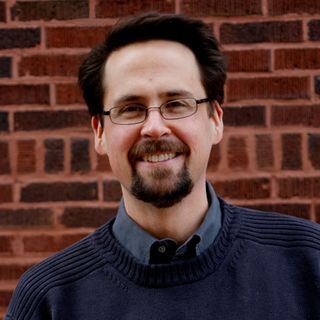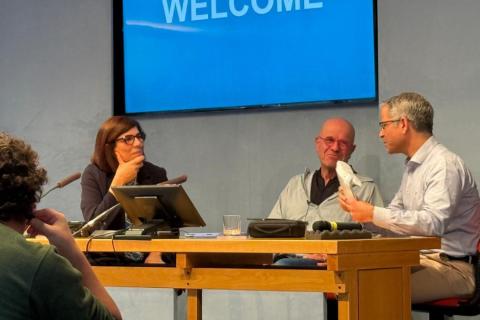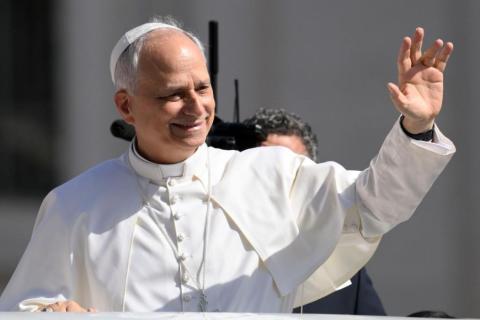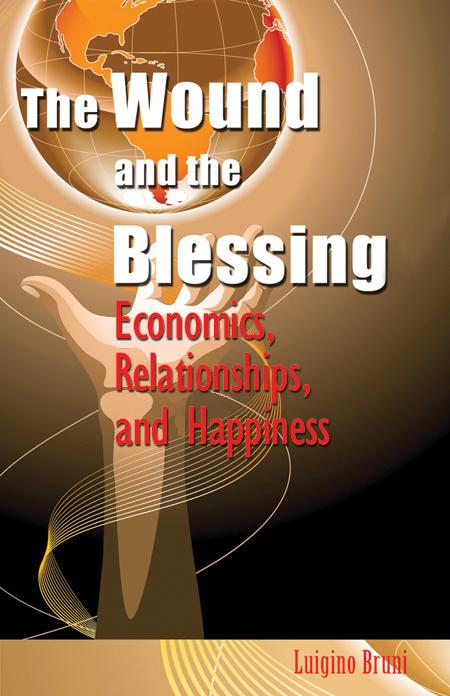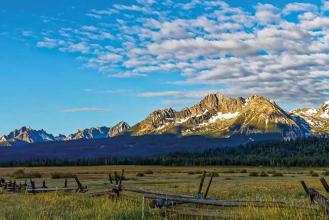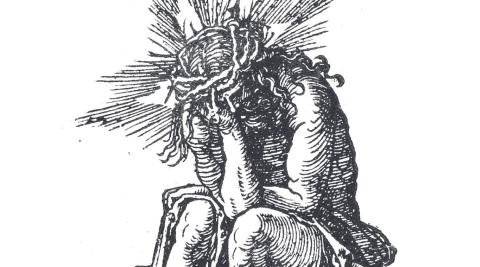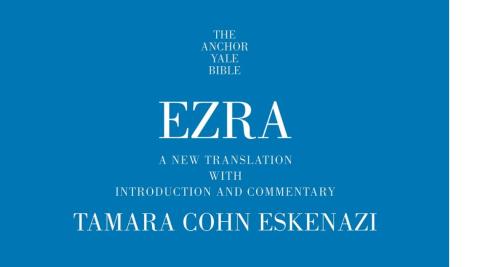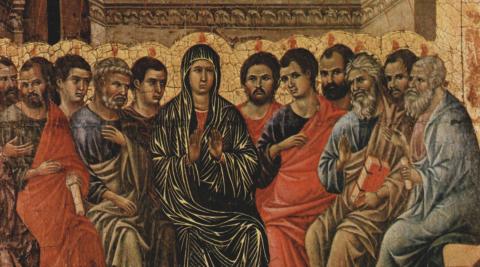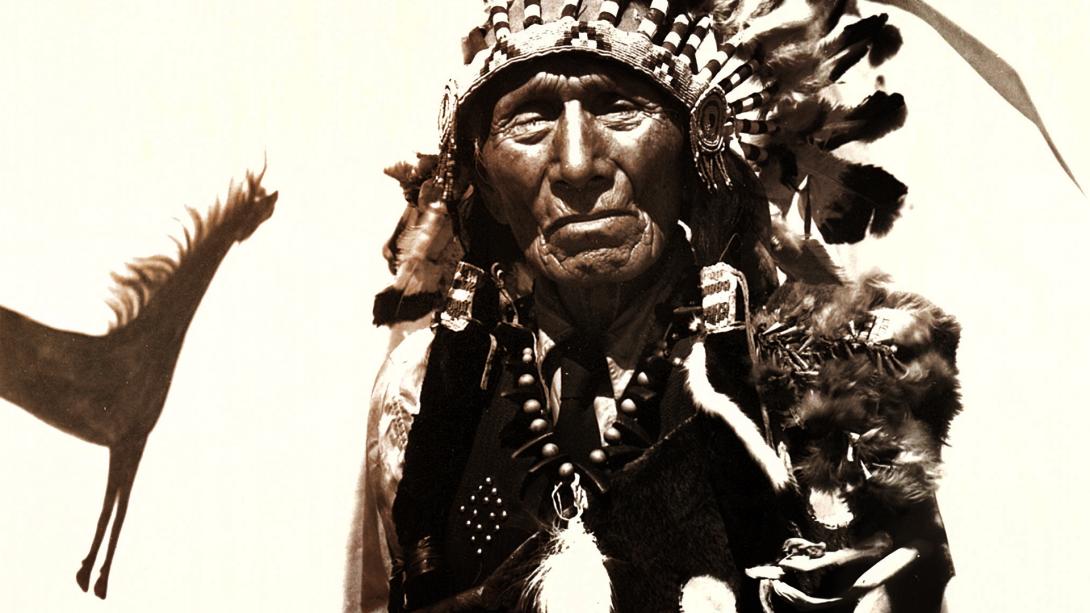
© Photo by South Dakota Hall of Fame | sdhalloffame.org
I grew up in Wheaton, Illinois, twenty-five miles west of Chicago. The city is named for two brothers, Warren and Jesse Wheaton, who arrived in 1829, just a few years after the United States government acquired the land by coercing Potawatomi, Chippewa, and Ottawa people to sign what’s known as the Treaty of Prairie du Chien. The Wheaton brothers then purchased 1,200 acres from the U.S. government for the equivalent today of about $200 acre. It was a steal, in more ways than one.
I wasn’t taught any of this as a child in school. I didn’t even know the words Potawatomi, Chippewa, and Ottawa until much later. Today, I think children are more conscious of Indigenous people and history; I hope they are. But they are also aware, in many parts of the U.S., that their teachers could be fired for teaching such history, so fearful we seem to be of examining the sins of our past.
Pushback comes from scholars too. A former University of Oxford professor, Nigel Biggar, published a book earlier this year called Colonialism: A Moral Reckoning, summarizing a project of several years called “Ethics and Empire” aiming to “balance out the violence committed in the name of empire with its supposed benefits.” Biggar seems to want to defend colonization. Even debunked and inappropriate ideas that white Europeans brought peace, security, and faith to dark-skinned peoples are resurrected in Biggar’s book when he uses terms like “natives” without embarrassment, and when he makes arguments such as “imperial pacification was beneficial in ending [their] constant intertribal warfare.”
It is difficult to look at the legacy of white missionaries “saving” brown people of other spiritual traditions, as well-intentioned as many of them were. The systemic transgressions and atrocities committed against Indigenous peoples, in decades and centuries past, have been well-documented both in the U.S. and Canada. Today we talk about evangelization and mission differently; missionaries undertake a different sort of work; at least I hope we do.
The first European settlers on this continent were intent on claiming the land they found as their own. By most accounts, removing it from Native control did not occur to them as stealing, because the Native people had not acquired it by means that a European could understand. Just like the Wheaton boys.
For example, when Thomas Jefferson was U.S. president (1801-09), the Lakota occupied much of North America: most of what we call Montana, Wyoming, Nebraska, North and South Dakota, as well as parts of Manitoba and southern Saskatchewan. There were seven bands of Lakota, Oglala being the largest. They lived on the vast, beautiful Great Plains many centuries before any European saw those grasses, prairie dogs, and buffalo. No one knows for sure how many Lakota people there were, but it was in the millions. Then, white Christians began displacing these great people onto set aside land they called “reservations.” The first reservation was established in what is now New Jersey when Thomas Jefferson was fifteen years old.
With displacement came forcible cultural assimilation. Just a year ago, in July 2022, Pope Francis visited Iqaluit, the town if 7500 residents—mostly Inuit—that serves as the capital of the Territory of Nunavut, and said: “A short while ago, I listened to several of you, who were students of residential schools. I thank you for having had the courage to tell your stories and to share your great suffering…. I want to tell you how very sorry I am and to ask for forgiveness for the evil perpetrated by not a few Catholics who…contributed to the policies of cultural assimilation and enfranchisement.”
For all these reasons, I hesitated before writing a biography of Nicholas Black Elk (c. 1866 – 1950), the great Oglala Lakota medicine man, visionary, and emblem of a lost civilization that I became aware of through Black Elk Speaks, a best-selling book in the 1960s and 70s in North America, also translated into many European languages. But what Black Elk Speaks did not reveal was how its subject became a Roman Catholic in middle age, then a dedicated catechist and missionary. In 2019, the cause for canonization of Nicholas Black Elk was sent from the Diocese of Rapid City, South Dakota and the USCCB to its postulator in Rome. There is a website devoted to updates on the cause: www.blackelkcanonization.com, where you can find a documentary, too.
I approached the topic, at first, as a curious writer will do: happy to tell a powerful story and hoping to do so well. But the delving into such a unique life and extraordinary witness ended up changing my own life profoundly.
It was in an interview after the book published, when a podcaster asked me, “Why did you feel this was your story to tell?” that I didn’t know what to say. I fumbled for words, and then stammered, “I guess you are right: it is not really my story to tell. I suppose I felt that it was an important story, especially for white people to understand, and that I would try to tell it truthfully.”
I don’t want to be a colonizer of anyone else’s faith, taking from it what I like, leaving behind what I don’t need—like my ancestors who took what they wanted from the land and its peoples, without thinking seriously: is this wrong?
The opening of Nicholas Black Elk’s cause for canonization in 2017 first captured my attention. I learned how troublesome it is to many Oglala Lakota today, including some of Nicholas Black Elk’s own family, that he became a Roman Catholic. Christianity in general, in the eyes of some Native people, is the religion that assisted colonizing forces in destroying Native ways of faith and life. It is unthinkable to some Native people that an exemplary figure such as Black Elk (the “Nicholas” was added at his baptism, on December 6, 1904, the feast day of St. Nicholas of Myra) would ever find Christian faith necessary.
Some of his descendants said that Black Elk’s yuwipi (the word means “healing”) practice was deeper than his Catholicism ever was; and he continued his shamanic practices in secret, when necessary, after joining the Church. One of his great-granddaughters, Charlotte Black Elk, told interviewers that she believed her grandfather never truly became a Catholic; he did what he had to do to get along in a white person’s world.
It is true that Nicholas Black Elk was an Oglala wichasha wakan, or “holy man” for the first half of his long life. A spiritual leader among his people, a dreamer of dreams, a visionary. So why would he have sought to join the Catholic Church at all? I set out to tell that story, in all its complexity, and it involved the fact that this wichasha wakan never really put away his pipe, or his traditional ways, when he became a Catholic catechist. He made statements late in life both that “we Indians know the One true God,” and “For the last thirty years I have lived…in the true faith of God the Father, the Son, and the Holy Spirit.”
He held dual religious identity, which also means, he made a lot of people in both communities uncomfortable.
This led me to reflect more seriously on how I relate to the spiritual practices of other religions, involved as I am, often, with people of faiths that are not my own. I don’t want to be a colonizer of anyone else’s faith, taking from it what I like, leaving behind what I don’t need—like my ancestors who took what they wanted from the land and its peoples, without thinking seriously: is this wrong?
I am a Roman Catholic who prays and studies often with Jewish people, but there are respectful boundaries that I observe. For example, I would not wear a tallit (a fringed garment worn as a prayer shawl by Jewish people), and it would be inappropriate for me to say Kaddish (the Jewish prayer of mourning). I am often with others who are wearing tallitot or saying Kaddish, and I am there alongside them, but not pretending to be one of them. There’s a difference between our traditions and it is respectful to recognize meaningful ways that these differences are demonstrated.
I find that well-meaning people sometimes have well-meaning reasons for making mistakes in these areas. We seek unity with others so intensely that we sometimes blur the differences between us, in effect, “colonizing” another’s religious faith and practice as our own. I have, for instance, a friend who has been passionately involved in Catholic-Jewish dialogue for decades and recently remarked that he thinks of himself as “Catholic-Jewish.” I asked him to reconsider this, to not use such language. Consider the risk that many people in our world today take in identifying as Jewish; also, the rich Jewish tradition is not something to be tacked on, perhaps piecemeal, to another tradition.
Similar to my caution about what I do and don’t do in synagogue, I would gladly spend time in a sweat lodge (hut used for a prayerful, ritual steam bath of purification) with a Lakota friend, but I would never build a sweat lodge in my backyard. Such a rich religious practice is not mine to co-opt or takeover, but rather, to share in when my friends are inviting.
Elizabeth Bucar, a professor of religious ethics at Northeastern University, recently wrote in her book, Stealing My Religion, that “religious appropriation” is “when individuals adopt religious practices without committing to religious doctrines, ethical values, systems of authority, or institutions within the context of existing injustice.”
This happens so easily and so often, and Nicholas Black Elk taught me not to do it.
Just recently, on March 30, 2023, the Vatican issued a statement confronting some of the statements made by previous popes during the European colonizing era. The so-called “Doctrine of Discovery” was particularly repudiated. The phrase comes from a U.S. Supreme Court ruling in 1823, in the case of Johnson v. M’Intosh. The plaintiffs, Johnson, were heirs of a certain Thomas Johnson, who inherited land that Thomas Johnson had purchased from the Piankeshaw people. The Piankeshaw were settled along the Wabash River in what later became central and southern Indiana and Illinois. The defendant, William M’Intosh, had purchased from the U.S. government 11,000 acres of land that was said to include some of that which Johnson’s heirs held title to.
The court ruled that private citizens could not purchase land from Native Americans, because Natives could not be said to own the land they live upon. Sovereignty and ownership of the land was due to the white, European peoples who had “discovered” it, rather than those who possessed and cared for it before the colonial powers arrived.
The March 2023 Vatican document finally made it clear that the Church no longer accepts this view: “In no uncertain terms, the church’s magisterium upholds the respect due to every human being. The Catholic Church therefore repudiates those concepts that fail to recognize the inherent human rights of Indigenous peoples, including what has become known as the legal and political ‘doctrine of discovery.’” I hope this sort of repudiation trickles down into the classrooms where I was learning, long ago, in Wheaton, Illinois.
I consider Nicholas Black Elk in the family of those of us who turn to St. Francis of Assisi for inspiration. To be connected to Mother Earth—to use St. Francis’s famous, forgotten, expression—is to be part of the circle of life, honoring the Creation of which human beings are only a part. Black Elk understood Mother Earth and the circle of life in the way of St. Francis, as well as in the way of his Oglala people, and both of these streams originate from, and return to, the same Source. All human beings—all Christians—would honor God by doing likewise.


